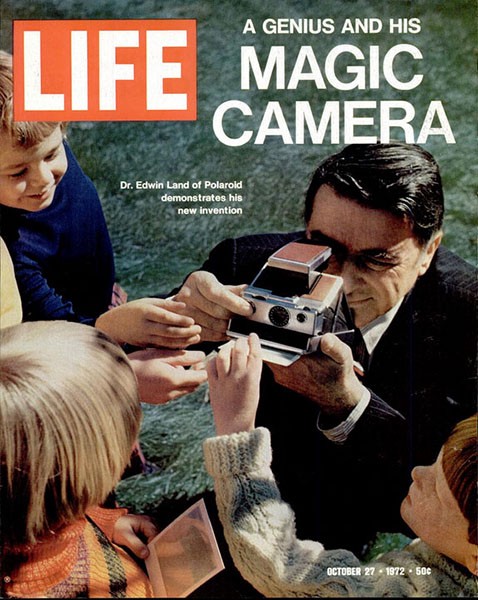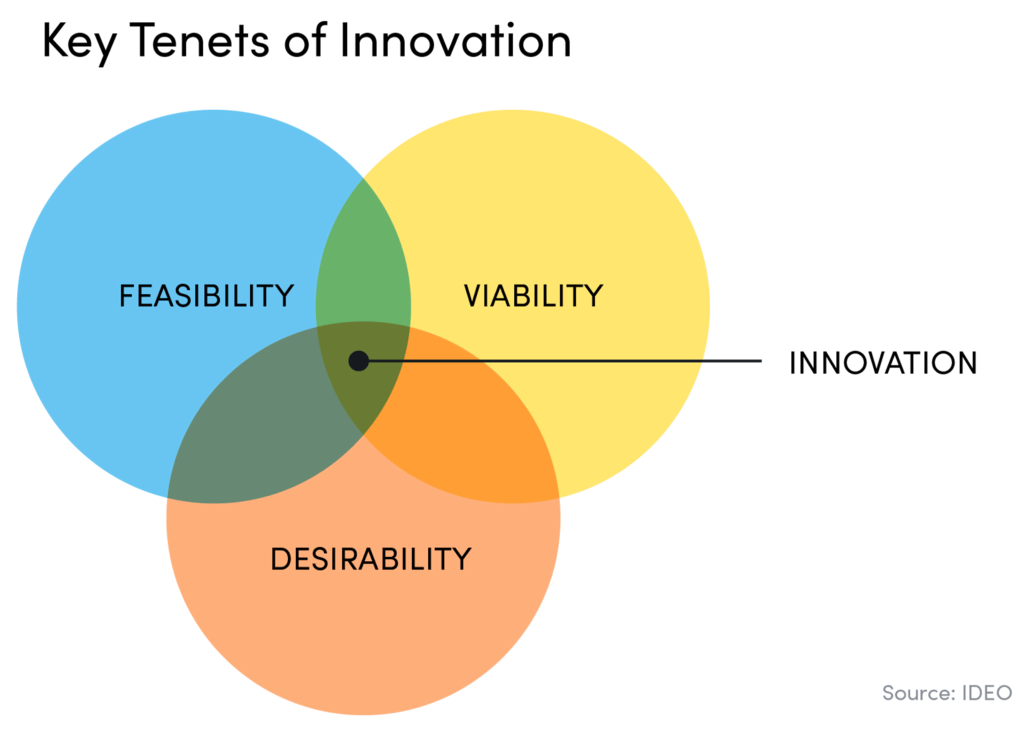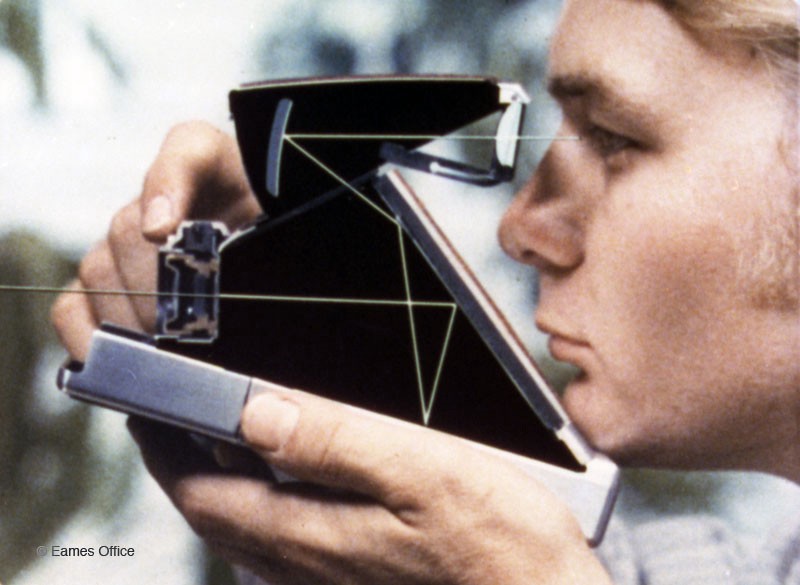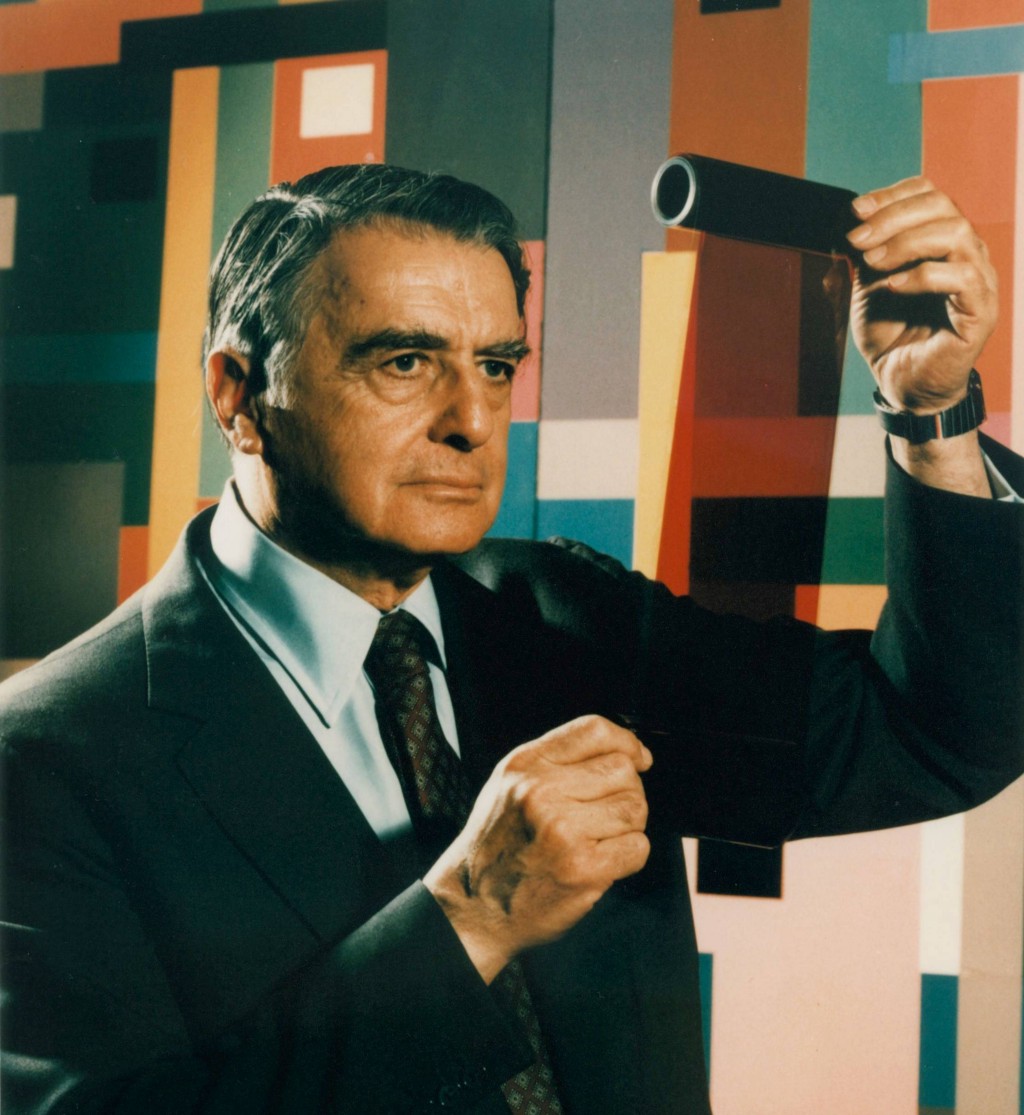The disruptor becomes the disrupted.

The Positional View and Resource-Based View are two schools of business strategy that seek to describe a company’s competitive advantage. There is a great deal of overlap between the two, as will be discussed using specific examples from the Polaroid company. The simplest way of describing each is that the Positional View is concerned with product-market fit and asserts that value is derived from where a firm chooses to compete and how defensible that position is, whereas the Resource-Based View looks at the advantage a firm’s unique resources give it.
Put another way, the Positional View is about what you do, while the Resource-Based View is about what enables you to do what you do.
I would argue that the firms that are most successful take both a Positional and Resource-Based View. When the two are out of sync it’s the equivalent of trying to fit a square peg in a round hole. Positioning is about finding the right spot to compete and the Resource-Based View is about securing that position.
As Porter notes in Competitive Strategy, there are three major strategies a business can employ to position itself. These include overall cost leadership, differentiation, and focus. A cost advantage often stems from capabilities that are difficult to replicate, such as manufacturing prowess. Successful differentiation results in customers paying a premium for your product (or service) because it is different in some meaningful way. And finally, focus involves taking a customer-centric view and honing in on those with the pains & gains that match your value proposition.
Differentiation was absolutely key to Polaroid’s success. The founding myth of Polaroid is that in 1943 Edwin Land was on a family vacation in Santa Fe when his daughter asked him the simple question “Why can’t I see the picture now?”. At that time, as an amateur photographer, you had two options for photo development. You either sent your film off to a Kodak facility and got your photos back a week later, or you set up your own darkroom at home. The question posed by Land’s daughter sparked an entirely new category in the photography market.

Land may not have realized it at the time, but he was employing Design Strategy principles when creating the first instant film. His how might we statement might have read as follows: How Might We let people see the pictures they’ve captured immediately? After creating a myriad of prototypes in the lab, the answer was to create a film that did all the work of a darkroom right there on the spot. It was a radical idea and the difference between traditional film and the instant film was abundantly clear in the mind of the consumer.
At first glance, it seems that Design Strategy aligns more closely with the Positional View than the Resource-Based View. After all, a core tenet of design strategy is to know your customers. To deeply understand their needs and formulate solutions to meet those needs. Sounds simple enough, right? And if you ask most people what human-centered design is all about that’s the basic answer they’ll provide. What’s missing however is a more holistic approach that considers feasibility and viability, in addition to desirability.

At the center of those three competing lenses is the sweet spot for innovation, which is why the Resource-Based View is just as relevant to design strategy. To succeed, companies must structure their resource capabilities in such a way that they are able to feasibly meet an identified need while turning a profit.
For better or for worse, Polaroid was an engineering-led company. In his excellent book Instant: The Story of Polaroid, Christopher Bonanos describes Land’s philosophy as follows, “Do some interesting science that is all your own, and if it is manifestly important and nearly impossible, it will be fulfilling, and maybe even a way to get rich.” No wonder Land was constantly criticized by Wall Street for spending too much on R&D.

As an engineering first company, Polaroid tackled issues of feasibility by investing heavily in basic research and solved some really challenging technical problems. Their products were slow to bring to market and yet consistently at the boundary of what was possible. When it worked, the result was incredible. Like Ford’s mechanical replacement for a faster horse or Apple’s smartphone, Polaroid seemed to give customers something they wanted before they knew they wanted it.
But it wasn’t all success, like the time Polaroid spent millions of dollars developing Polavision, an instant movie film that was a genuine feat of engineering, but completely missed the fact that magnetic tape systems were the future.
Polaroid had built a company culture that celebrated intellectual curiosity and encouraged employees to ask “can we do it?” when perhaps they needed to ask “should we do it?” a little more often.
The risk at an engineering-led company is that viability and desirability aren’t given an equal seat at the table. And yet, Polavision aside, Polaroid successfully created white space on the map and planted their flag. Now let’s explore how the Resource-Based View explains their strategy for securing that market.
According to The Cornerstones of Competitive Advantage: A Resource-Based View by Margaret Peteraf, there are four ways of generating a sustainable competitive advantage, which include: Resource Heterogeneity, Ex Post Limits to Competition, Imperfect Mobility, and Ex Ante Limits to Competition.
Resource heterogeneity describes the process by which superior resources either lower production costs or raise output quality. In a market with high substitutability like coffee beans there is a great deal of competition and little opportunity for price differentiation. In Polaroid’s case, their product had a very low degree of substitutability, which led to monopolistic rents, meaning they had greater control over how to price their goods. Basically, because Polaroid was the only instant film in the game for a number of years, they were able to set a price with a 60% profit margin. That large margin was essential in order to keep Polaroid’s research efforts running, thus creating a positive feedback loop.
Ex post limits to competition are the “Isolating mechanisms” that prevent other companies from creating a similar round peg for your round hole. Some call this a company’s “moat”. Essentially, what’s stopping others from copying what you’ve done once they realize you’ve struck upon a valuable market opportunity? In Polaroid’s case, the thing that kept others at bay was its obsession with patents.
It took Kodak 7 years, 1,400 people, and countless millions of dollars to navigate Polaroid’s minefield of patents and develop a rival instant film. And even after all that work, Kodak was slapped with a patent infringement lawsuit from Polaroid just 6 days after their film hit the market. The resulting legal battle took 14 years and ended with nearly a billion-dollar award to Polaroid. Sadly, it was too little too late, as we will discuss below.
Before Kodak and Polaroid went head to head in the instant film market, the two actually worked closely together as partners. Polaroid recognized that its area of expertise was in product development and R&D, not manufacturing at scale, which is why from 1948–1968 it contracted Kodak to produce its film negatives. This relationship demonstrates the remaining two points that the Resource-Based View teaches us about competitive advantage.
First, there was imperfect mobility because Kodak’s manufacturing resources were co-specialized with the rest of Polaroid’s camera system. The Polaroid film manufactured in Kodak’s factories slotted into Polaroid cameras, and Polaroid cameras only. The recipe or “secret sauce” was all Polaroid’s too, which meant that a rival instant photography company couldn’t come in and simply pay Kodak more to develop the same type of film for them.
So why would Kodak allow a competitor to benefit from its manufacturing prowess? The answer is because at first they didn’t see them as competitors. Kodak management viewed instant photography as a novelty and ultimately felt that “anything good for photography is good for Kodak”, as one Kodak manager put it. They were betting that people would eventually tire of using Polaroid and end up switching over to Kodak, which it seems was certainly true in the early days when the Polaroid system was more finicky.
Kodak’s attitude allowed Polaroid to acquire a valuable manufacturing resource at below-market rates, demonstrating what is known as Ex Ante Limits to Competition. It wasn’t until 1968 when Polaroid shared its plans for a new and improved film that Kodak realized it was giving more than it was getting and terminated the relationship.
What happened with Kodak and Polaroid is an excellent example of a lost competitive advantage due to suppliers’ power. As Porter’s 5 Forces states, a company’s competitive landscape is influenced by the potential of new entrants, power of suppliers, power of customers, threat of substitute products, and competition in the industry. Polaroid’s patents neutralized the threat of substitutes and new entrants, and the lack of readily available imitator products gave customers little power.
Where Polaroid was most exposed was on the supplier side. Realistically, Kodak was the only supplier that could provide what Polaroid needed, which is why Polaroid was forced to build its own factory rather than take its business to a different manufacturer. Polaroid’s overdependence on a competitor was an inherent flaw in its business model.
When Polaroid had access to Kodak’s manufacturing expertise its Positioning and Resources were aligned and the company was successful.
So where did things go wrong?
When Kodak realized it was potentially giving up $6b in lost sales and shut its factory doors to Polaroid it had severe knock-on effects. Polaroid changed from a product-focused think tank to a manufacturer, at the time when the photography landscape was undergoing its own rapid changes. This shift locked them in to film and led to their downfall. They knew digital was coming and had research in that area, but they didn’t commit because they couldn’t see a business model without selling film.
In essence, Polaroid’s resources were holding them back from changing their positioning. They could see the square hole next door, but couldn’t change their round peg to fit it. Instead, they doubled down on cheap products and eked out profits until digital photography made their position irrelevant.


The rise and fall of Polaroid was originally published in UX Collective on Medium, where people are continuing the conversation by highlighting and responding to this story.
